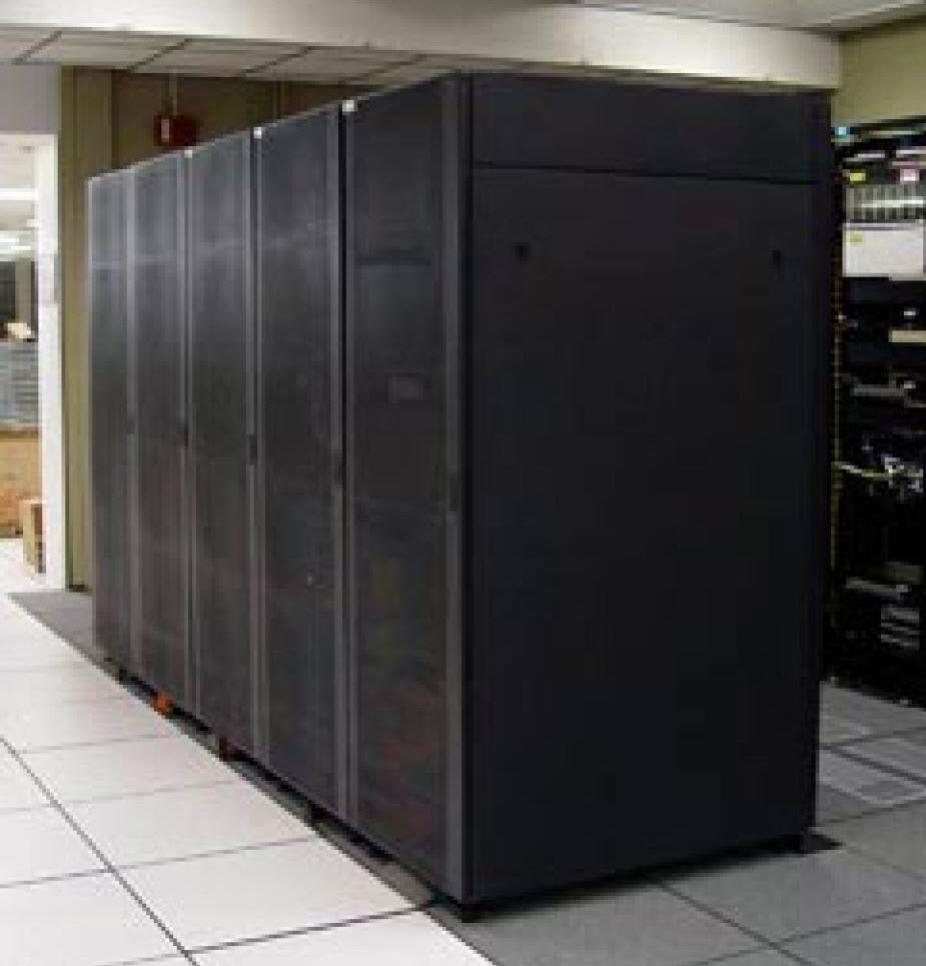IBM Linux Cluster - Pegasus

IBM
In use: January 31, 2005 - November 30, 2008
Production use
Peak teraflops: 0.58
Processors: 132
Clock speed: 2.20GHz
Memory (terabytes): 0.27TB
Storage: 3.00TB
Electrical power consumption: 28.00 kW
NCAR's Computational and Information Systems Laboratory, formerly the Scientific Computing Division, took delivery of a new IBM e1350 supercomputer on January 31, 2005. NCAR scientists used the machine – named "Pegasus" - to run the Antarctic Mesoscale Prediction System (AMPS), a computer model based at NCAR that provided operational forecasts for researchers stationed in Antarctica.
The IBM e1350 was a relatively inexpensive yet powerful supercomputer configured to meet AMPS' near-term modeling needs, but it had the potential of being expanded to accommodate possible future increases in AMPS model resolution and complexity.
With 132 processors, a clock speed of 2.2 GHz, and a peak computational capability of nearly 580 gigaflops, Pegasus could run a 20-kilometer (12-mile) version of AMPS about four times faster than its predecessor system could run a coarser 30-km (19-mile) version. Pegasus had more than 270 gigabytes of memory and 3 terabytes of disk capacity. It was connected to NCAR's Mass Storage System and local area network via Ethernet.
The National Science Foundation, NCAR's primary sponsor, funded the computer through a special award from its Division of Atmospheric Sciences, with research support from the NSF Office of Polar Programs.